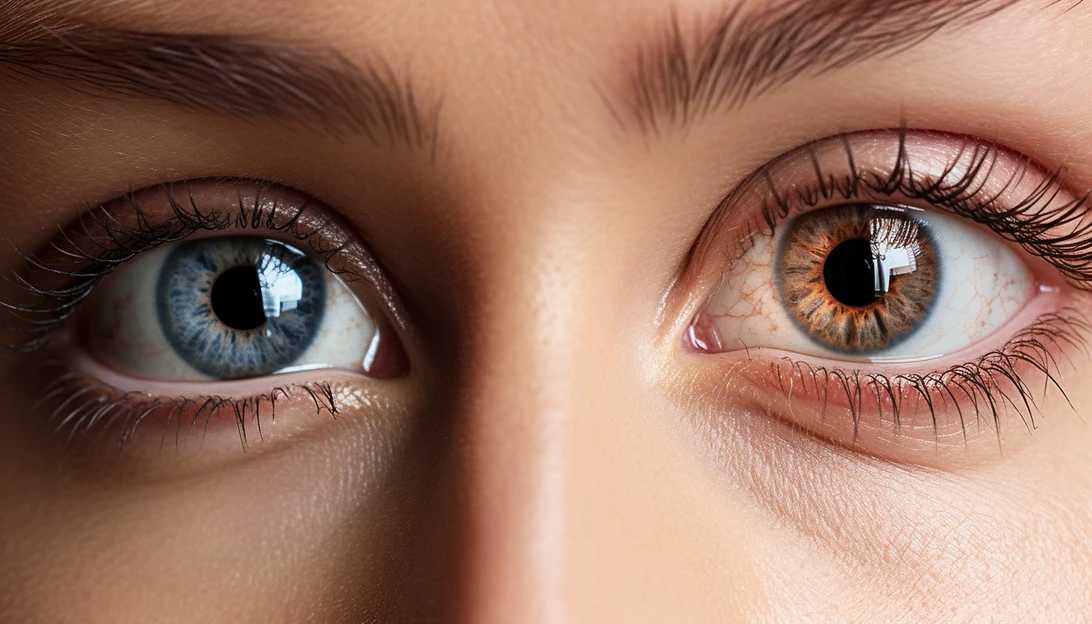Natural Science
published : 2023-12-10
The Astonishing Truth About the Origins of Eye Color
Unveiling the Genetics Behind Your Unique Eye Color

The eyes, often dubbed as the window to the soul, not only allow us to see the world but also hold the fascinating and mysterious origins of our distinctive eye colors.
To shed light on this genetic marvel, we spoke to a renowned genetics expert who revealed the captivating truth.
Eye color specifically refers to the color of the iris, which surrounds the pupil and creates the unique visual aspect of our eyes.
Just like our fingerprints, no two eye colors are exactly alike.
According to the expert, Blair Stevens, a clinical genetic counselor and the director of prenatal genetic counseling services, eye color is determined by the amount, type, and distribution of melanin, or pigment, in the iris of the eye.
Melanin production, in turn, is dictated by our genetic information inherited from our parents.
This intricate process is regulated by several genes, making eye color a polygenic trait.
Different genetic variants play a role in the amount of melanin produced, resulting in lighter or darker colored eyes.

Interestingly, melanin production continues to develop even after birth, which is why newborns' eye color may change over time.
Stevens explained that certain eye colors are dominant or recessive, dictating their expression in individuals.
For example, brown eye color is generally considered dominant to blue, similar to the blending of paint colors.
However, it's important to note that eye color is not solely influenced by a single gene but by multiple genes that each person inherits from their parents.
Imagine a watercolor palette with various shades of blue, green, and brown, representing the possibilities of combinations for eye color.
Melanin, the pigment responsible for eye color, also affects hair and skin color.
As Stevens pointed out, individuals with high melanin-producing genes tend to have darker eye color, hair color, and skin color compared to those with genes that produce lower amounts of melanin.
While some genes may impact hair color without affecting eye color, and vice versa, the complexity of eye color inheritance is a fascinating topic that still holds many mysteries.

Eye colors span a wide range of shades, with amber, blue or gray, brown, green, and hazel being among the most common variants.
Amber eyes are described as copper, gold, or very light brown, while blue eyes are found in roughly one quarter of the US population.
Brown eyes are the most common eye color worldwide, and green eyes are the rarest, appearing in only 9% of people in the United States.
Hazel eyes offer a unique combination of brown and green tones.
Understanding the genetics behind eye color inheritance is an ongoing pursuit, and there is still much to discover in this field.
Despite advancements in genetic testing, accurately predicting eye color through genetic analysis remains challenging.
Eye color is more than just a physical characteristic; it reflects the intricate interplay of genetic information inherited from our parents.
As we continue to uncover the secrets of our eyes, it's important to appreciate the beauty and complexity that lies within them.
